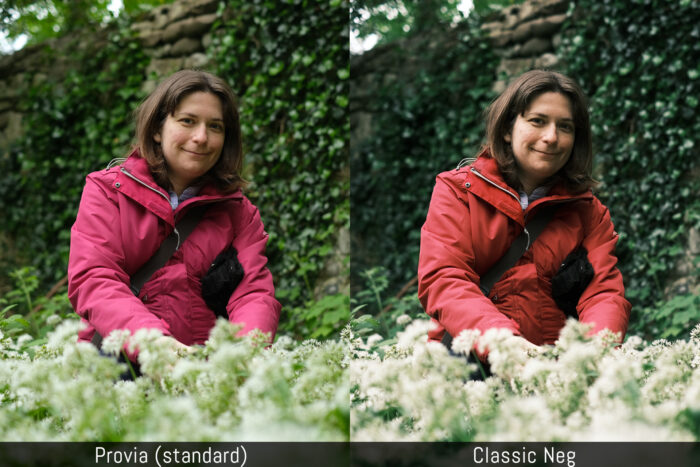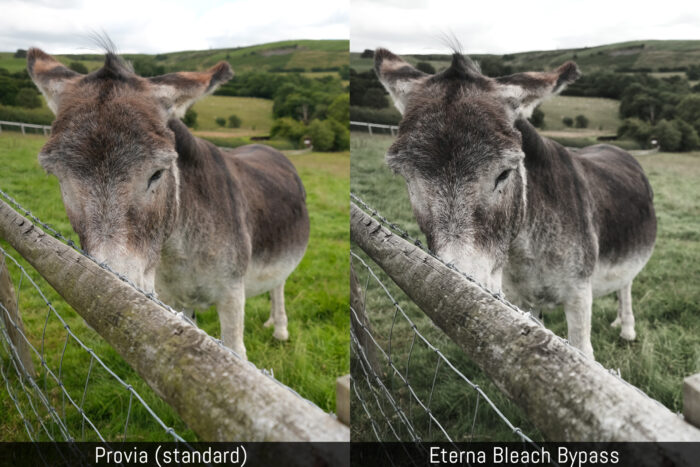The GFX 50R was Fujifilm’s first serious attempt to release a compact medium format camera at an accessible price. Hasselblad has something smaller on offer (X1D II), but it is more expensive.
The new GFX 50S II continues the trend, with a body of a similar size but with a different design and various updates, including image stabilisation.
Let’s see how the two compare but first, as usual, a list of the things they have in common, starting with the sensor:
- 51.4MP medium format sensor (44x33mm)
- ISO 100 to 12800, or 50 to 102400 with the extended range
- continuous shooting up to 3fps
- Max. 1/4000s, or 1/16000s with the electronic shutter
- Full HD video up to 30p
- Dual slot SD cards (UHS-II)
- weather sealing
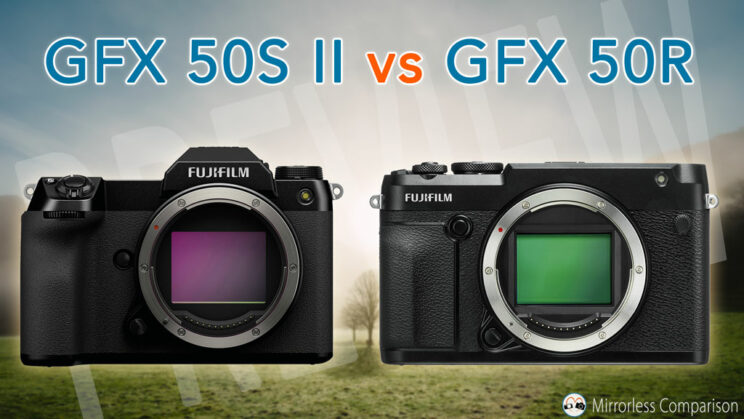
Ethics statement: the following is based on official specs released by Fujifilm. We were not asked to write anything about these products, nor were we provided with any sort of compensation. Within the article, there are affiliate links. If you buy something after clicking the link, we will receive a small commission. To know more about our ethics, you can visit our full disclosure page. Thank you!
1. Design
Both cameras are quite compact considering the medium format segment they are in. The 50R is a bit wider, but the 50S II is taller due to the different design concerning the viewfinder, and deeper thanks to the larger front grip. The “R” model is the lighter of the two.
- GFX 50S II: 150 x 104.2 x 87.2mm, 900g
- GFX 50R: 160.7mm x 96.5mm x 66.4mm, 775g
Concerning the button layout, the most noticeable difference is the lack of dedicated “old fashion” shutter speed and exposure compensation dials on top of the 50S II.

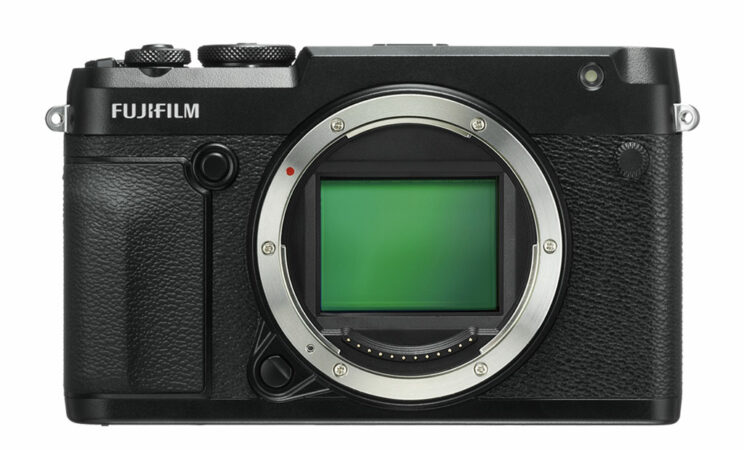
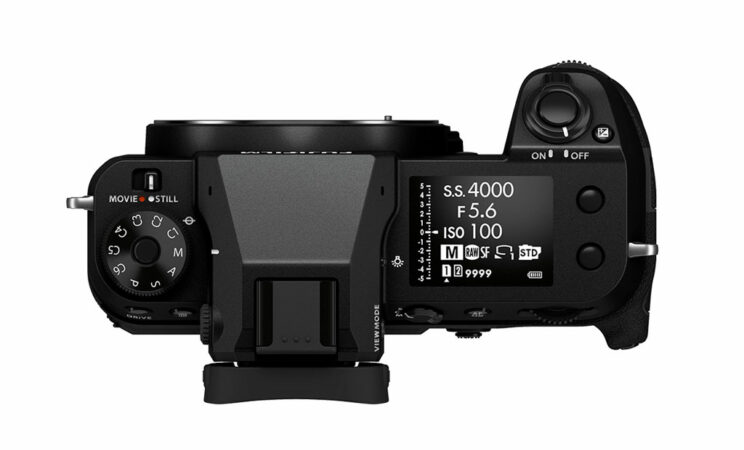
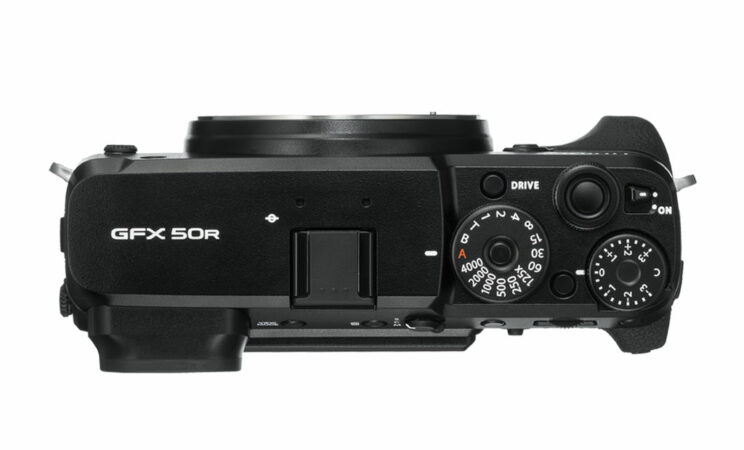
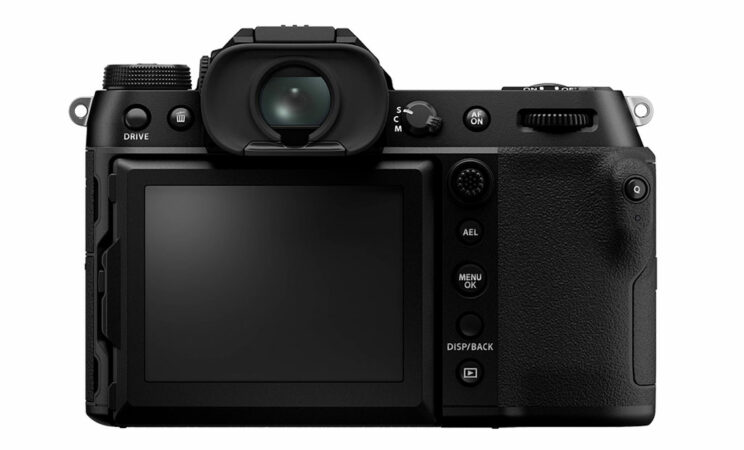

2. Viewfinder
The electronic viewfinder on the 50R is found on the left side of the camera (rangefinder style), whereas on the 50S II it is placed at the centre, above the main frame of the camera (SLR design).
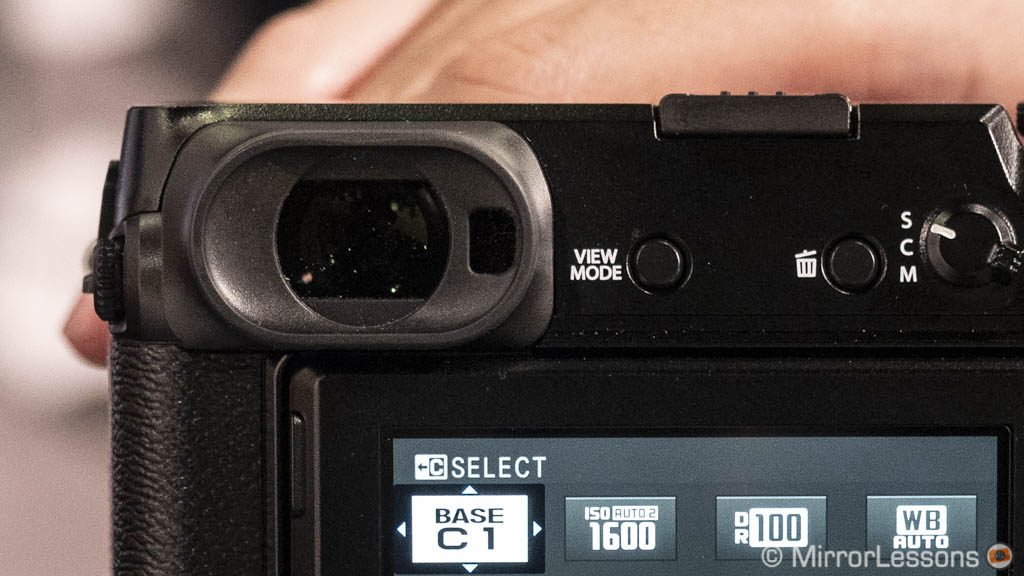
They share the same OLED panel with 3.69M dots, and a magnification of 0.77x. The eyepoint is 23mm on both.

3. Rear monitor
The rear LCD screen of the 50S II is three-way mechanism: in addition to orienting it up and down, you can move it to the right by approximately 60°. The latter is useful when working in vertical (portrait) orientation.

On the 50R, the LCD mechanism works on 2 axes only (up and down).
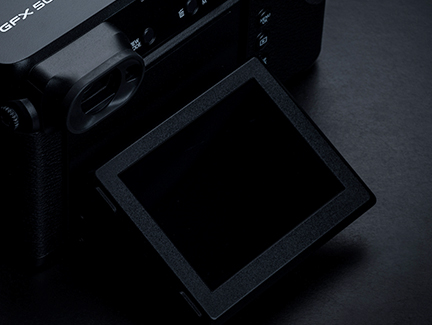
Both camera share the same specs: 3.2-in size, 2.36M dots and touch sensitivity.
4. Top monitor
The 50S II may not have extra dials on top, but it features a small monochromatic OLED screen that displays various settings. You can personalise what type of data is shown, and even display virtual exposure dials.
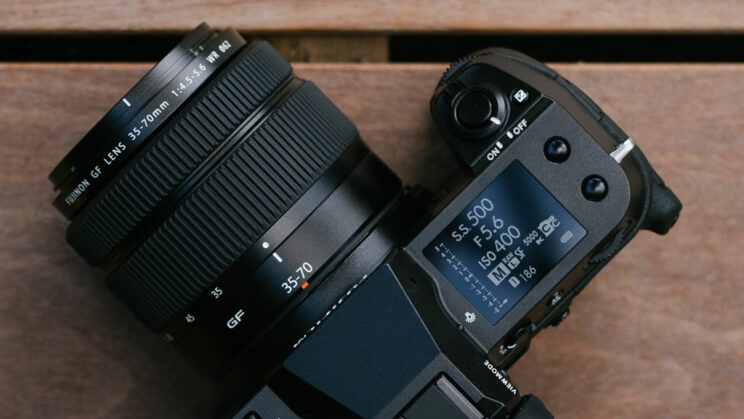
5. Autofocus
The two cameras share the same autofocus system, which works with contrast detection only, and has a maximum of 425 points.
However, thanks to a faster image processor, the 50S II benefits from a new AF algorithm. The refresh rate is said to be twice as fast as the original 50S, with whom the 50R shares the same capabilities.
Face and eye autofocus have also been improved, although Eye detection doesn’t work in continuous mode.
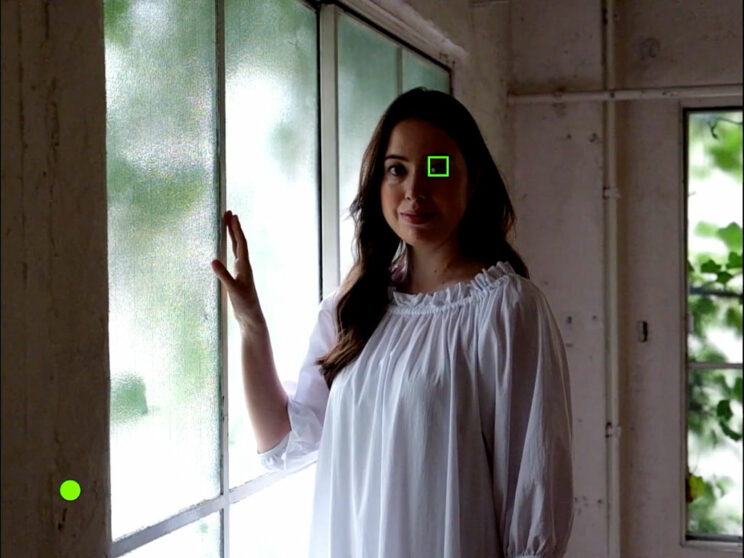
6. Image stabilisation
The GFX 50S feature in-body image stabilisation with a compensation rating of 6.5Ev, the highest among GFX cameras at the time of publishing this article.
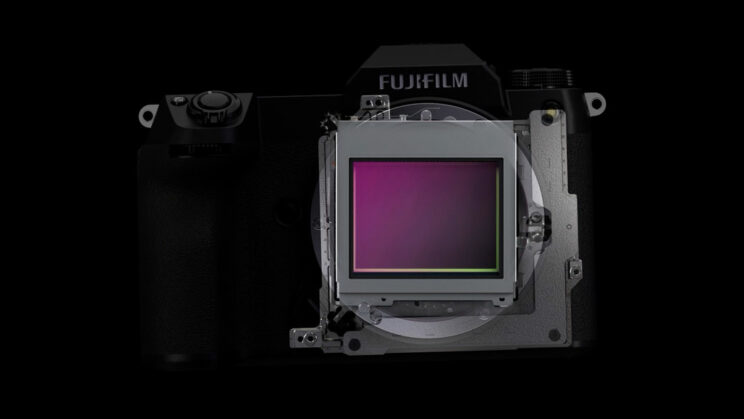
The IBIS technology also allows the 50S II to capture a 205MP photo with the Pixel-Shift Multi-Shot mode, where it combines 16 images and moves the sensor position by half a pixel between each frame. Then, with the Fujifilm Pixel Shift Combiner app on your computer, you can merge the images together to create the super high resolution file.
The GFX 50R doesn’t have IBIS and, consequentially, no pixel shift mode.
7. Film simulation
The 50S II has two extra film simulation modes (aka colour profiles): Classic Neg and Eterna Bleach Bypass.
The first is similar to Classic Chrome but with more saturation and different colour hues. It is designed to emulate colour negative film used for everyday shots with rich chromatic contrast.
Eterna Bleach Bypass emulates the traditional processing method for silver halide film. It is low in saturation but offers lots of contrast.
8. Microphone input
These two cameras are certainly not that attractive for filmmakers, but in case you fancy playing with the movie function, the 50S II has 3.5mm mic and headphone ports.
The 50R has only one 2.5mm remote/microphone input.
9. Battery life
The 50S II uses the NP-W235 battery (same as X-T4) and has a CIPA rating of 455 frames per charge, or 80 minutes of movie capture.
The 50R uses an older battery (NP-T125) and the rating is slightly lower at 400 frames and 70 minutes video.
10. Price
Fujifilm’s aim with the GFX system is to make medium format more accessible by lowering the price.
The 50S II is the cheapest model in the line-up, starting at $4000 / £3500 / €4100 body only (remember, this is quite low for medium format).
Although a very different product, it’s worth highlighting that the US price of a full frame Canon EOS R5 is $3900 for example, so very close to the Fuji model.
The 50R was the first attempt from the brand to release a more affordable model, and is only $500 more expensive in the US at $4500 body only. In the UK and Europe however, the price is actually lower (£3200 / €3550)
Prices as of early September 2021.
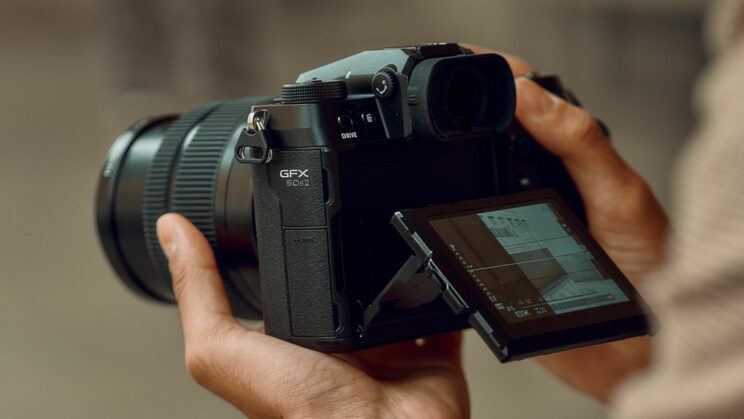
Conclusion
It is difficult not to recommend the new GFX 50S II. The faster image processor, improved AF algorithm and 5-axis image stabilisation are enough to make it more appealing.
That said, some of you might prefer the rangefinder design of the 50R and, in certain areas, it is less expensive. If the price should go down further, it could become a bargain in the medium format world.
Check price of the Fujifilm GFX 50S II on
B&H Photo
Check price of the Fujifilm GFX 50R on
B&H Photo

